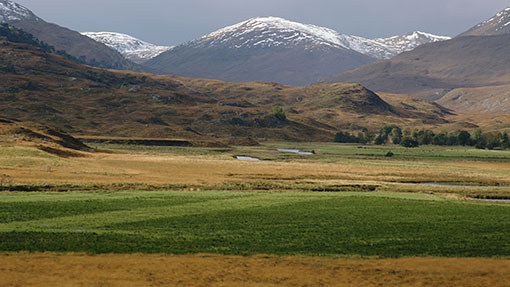Scotland’s farm incomes fell by 34% in 2012

Average incomes of Scottish farm businesses fell by 34% to £30,000 between 2011-12 and 2012-13, according to figures from Scotland’s chief statistician.
Data for the 2012 crop year (2012-13 accounting year) shows that increased input costs combined with a drop in commodity prices and a decrease in the value of grants and subsidies was responsible for the decline in profits.
The value of feed used on Scottish farms drove the increased costs, rising by an average of £6,000, or 19%, to £37,000.
The fall in output value was due to an average £4,000 drop in both the value of crop production – other than cereals and potatoes – and in the value of sheep.
Due to unfavourable exchange rates the average value of single farm payments also fell by around £2,000 to £38,000 in 2012.
Converting the income estimates to hourly income for unpaid labour – such as farm owners, family members and business partners – shows that the income generated from 43% was not enough to meet the minimum agricultural wage.
Excluding support from grants and subsidies, the average farm made a loss of £16,000 in 2012.
Incomes fell across all farming sectors with the exception of general cropping businesses, which saw a 10% rise in profits from £52,000 in 2011 to £55,000 in 2012.
Lowland cattle and sheep farms and cattle and sheep farms in less favoured areas saw incomes more than halved in in 2012 to £18,000 and £20,000.
Despite the reduction in incomes, the estimated average net worth of Scottish farm businesses remained largely unchanged at £1.3m in 2012.
More positively, initial figures for the 2013 crop year suggest that incomes recovered to 2011 levels which would make them the second highest in the past 10 years.
